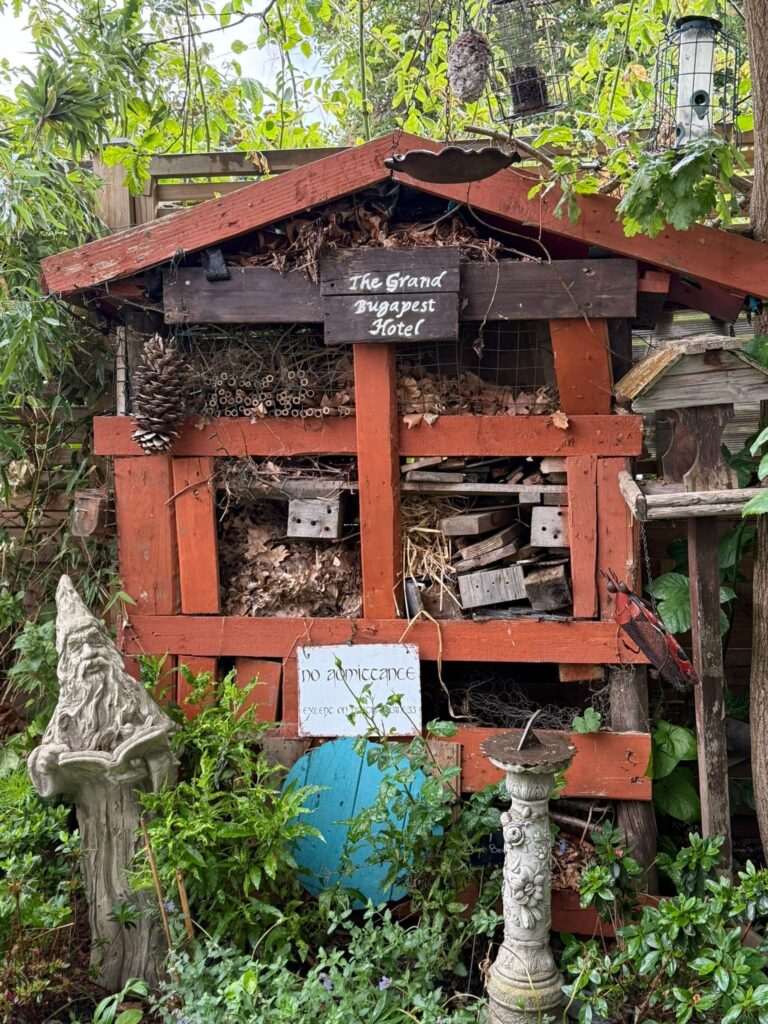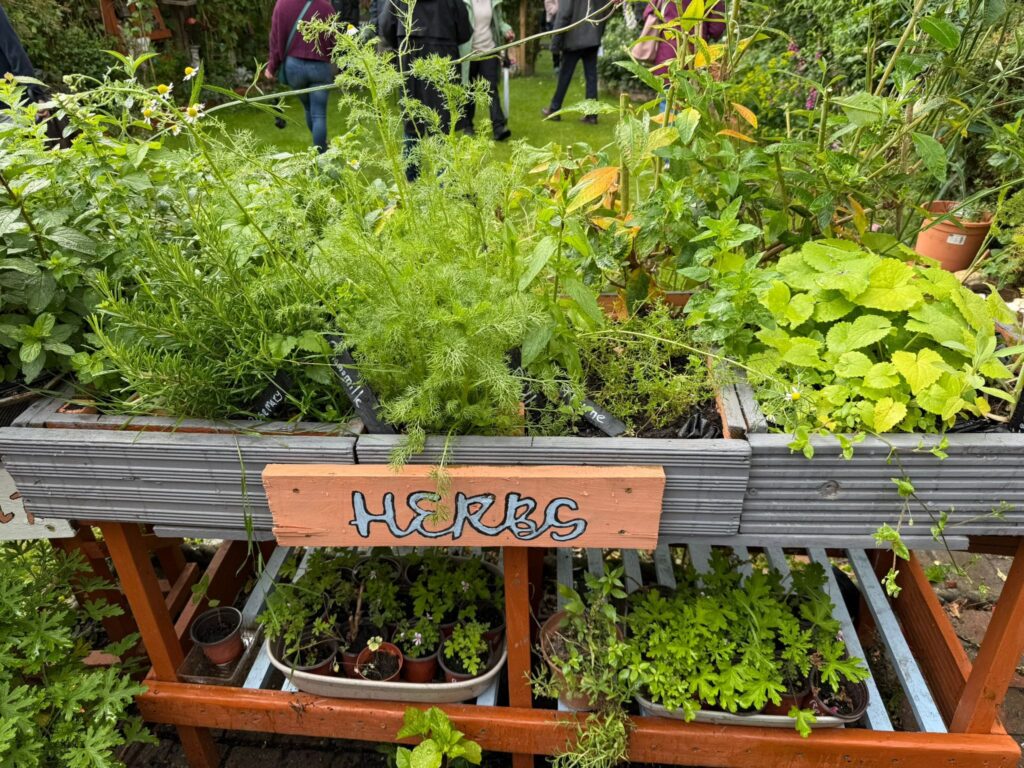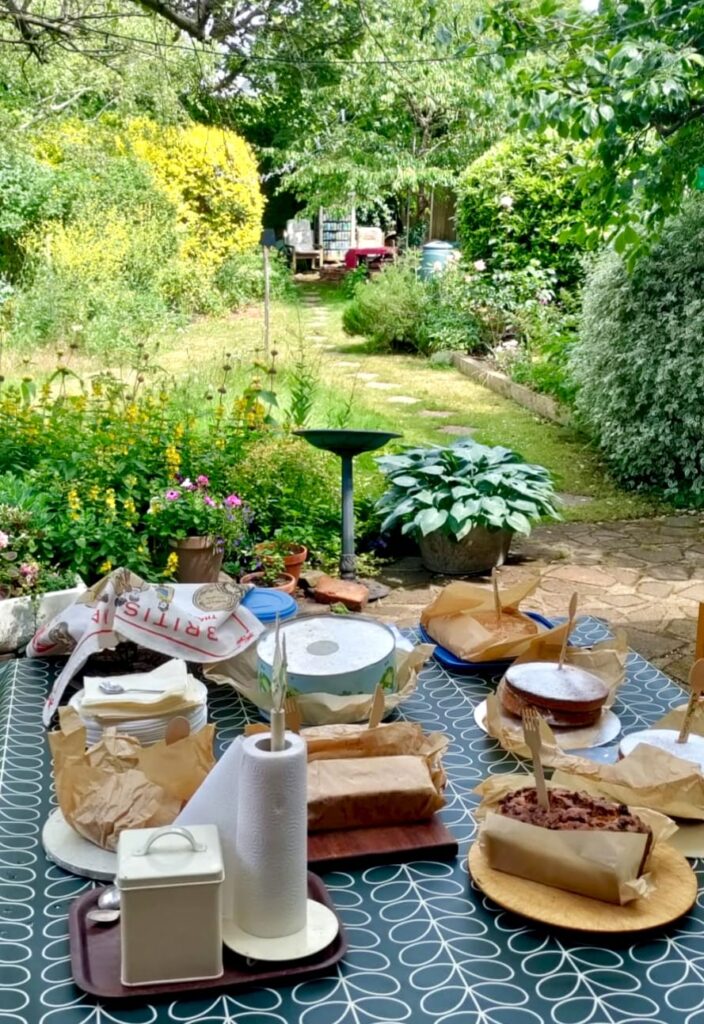
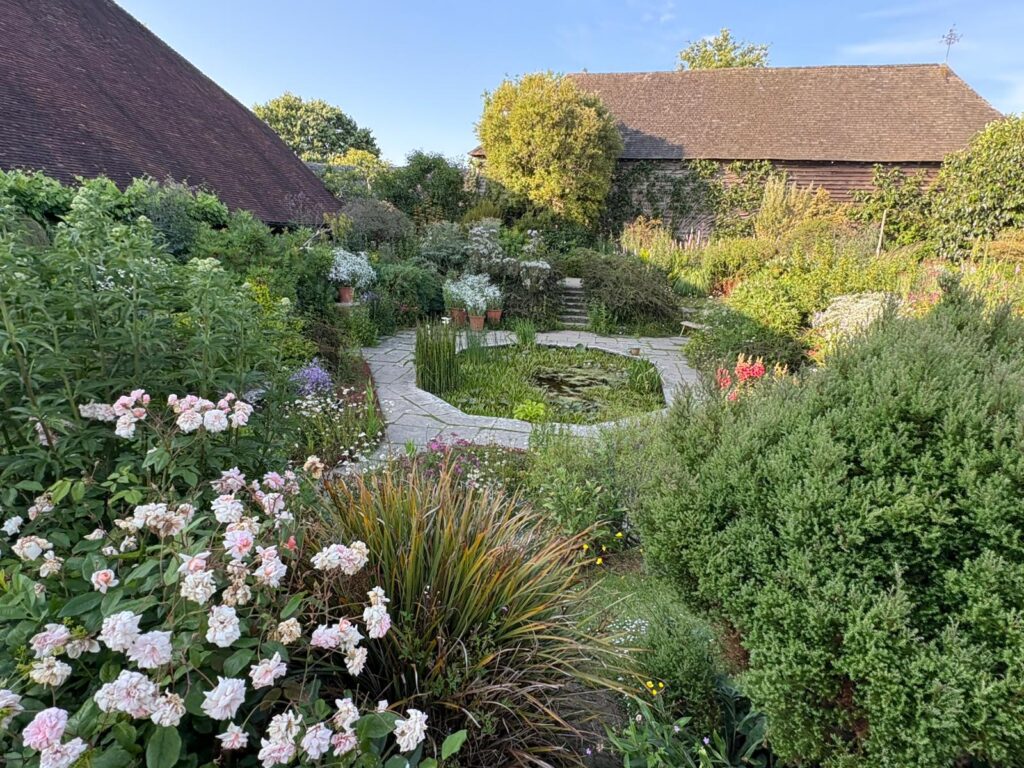
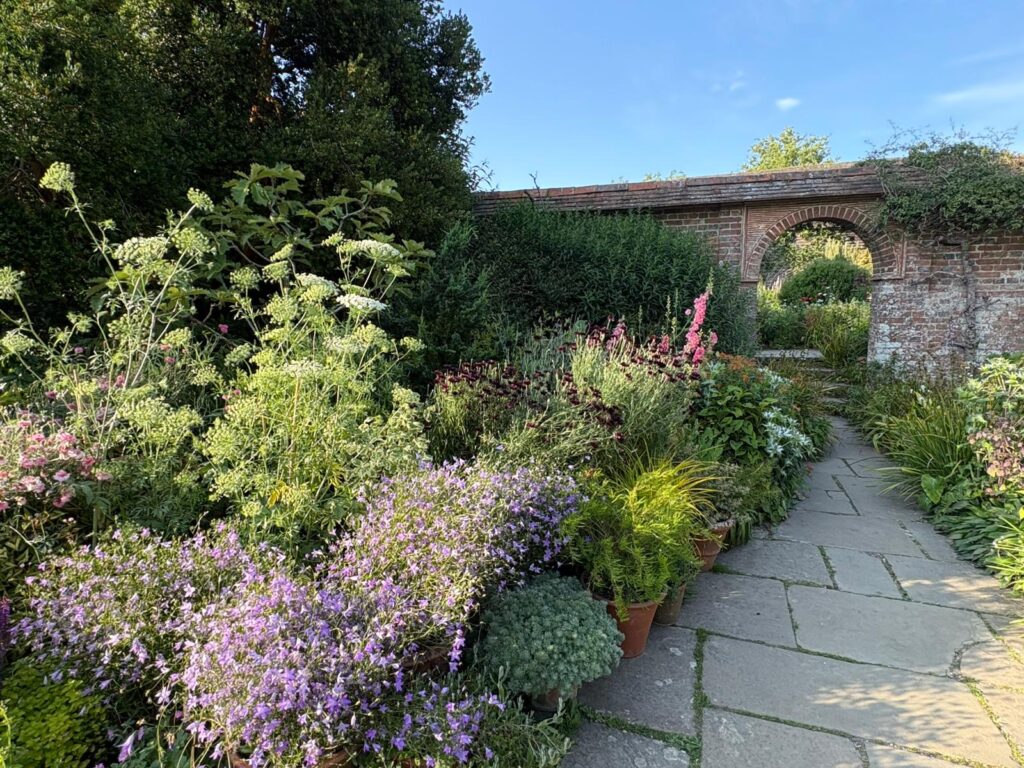
AHS members had a fantastic trip to Great Dixter gardens on the 14th June, one member described the gardens as magical. We were thrilled to have been invited by Fergus Garrett to visit the gardens and stay after they were closed to the public to give us more time to view the gardens and eat the picnics we had brought. One of our committee described the garden as a thinking person’s garden and we were able to see at first hand the efforts that had gone in to make the garden more biodiverse as well as the beautiful planting in the long border and the sunken garden.
One of our members wrote;-
It way exceeded all expectations and will be one of a few ‘pilgrimages’ annually I aim to make ……
From my beginner’s eyes – an extraordinarily magical place, with a refreshingly non-pretentious, truly artistic approach to planting and plant-choice, a respect for nature, an explosion of colour and movement, the hands ever palpable of a great team of committed, passionate workers/volunteers…
Plus, to boot, a price point for unusual and interesting plants at their nursery that spoke to a genuine passion to share knowledge to all.
As a fan of Fergus, even more so since the AHS talk a few months ago, somehow I’m not surprised at all.
A great day was had by all!!!



